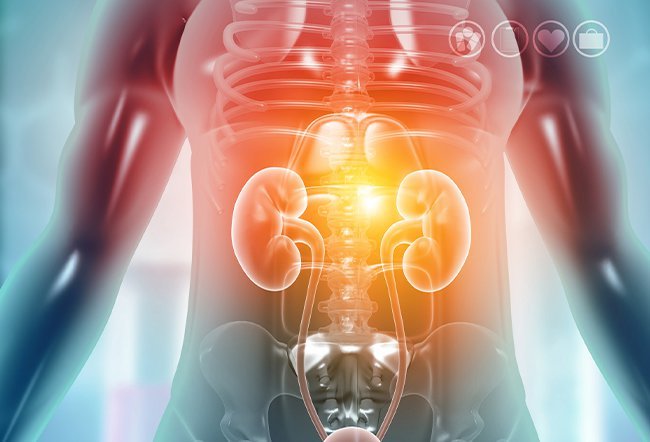Can a Damaged Kidney Repair Itself?

Kidney damage is divided into two types:
- Acute kidney disease or acute kidney failure: Damage has occured in a short period, such as in hours or a few days
- Chronic kidney disease or chronic kidney failure: Damage has occured over several months or years
While a damaged kidney typically can’t repair itself, the condition can be treated if caught early. Acute kidney failure can be reversed with prompt hospitalization, although the recovery process can take weeks to months and requires regular monitoring, diet modifications, and medications.
Chronic kidney failure, however, is often irreversible. Chronic kidney disease (CKD) occurs when kidney damage worsens over time. There is no cure for CKD other than dialysis and kidney transplant.
Preliminary studies on animals have shown regeneration of kidneys with stem cell therapy, but more research is needed to support the use of stem cell therapy in the treatment of kidney failure.
What causes kidney damage?
Causes of acute kidney disease include:
- Severe infection
- Dehydration
- Drugs, especially painkillers
- Urine blockage
- Surgery that puts pressure on the kidneys
- Kidney diseases:
- Chronic kidney disease
- Vasculitis
- Myeloma
Causes of chronic kidney disease include:
- Type I or type II diabetes
- Hypertension (high blood pressure)
- Glomerulonephritis (inflammation of the glomeruli or filtering units of the kidneys)
- Interstitial nephritis (inflammation of the tubules and surrounding structures of the kidneys)
- Inherited kidney diseases, such as polycystic kidney disease
- Enlarged prostate
- Kidney stones
- Some cancers
- Pyelonephritis (recurrent kidney infection)
- Frequent use of medications that damage the kidneys
Conditions that can increase the risk of CKD:
- Heart disease
- Smoking
- Obesity
- Family history of kidney disease
- Developmentally abnormal kidney
How is a damaged kidney treated?
Treatment options for kidney damage depend on cause and severity, which can be detected through:
- Blood tests: Serum creatinine levels that reach 5 or more in adults may indicate severe kidney damage.
- Glomerular filtration rate (GFR): Damaged kidneys have a GFR that is equal to or less than 15.
Damaged kidneys will require either dialysis or kidney transplantation, as no medication can reverse chronic damage. In some cases, however, angiotensin-converting enzyme inhibitors (enalapril, captopril, lisinopril), angiotensin II receptor blockers (telmisartan, losartan), and some calcium channel blockers (cilnidipine) can prevent the damage from worsening.
